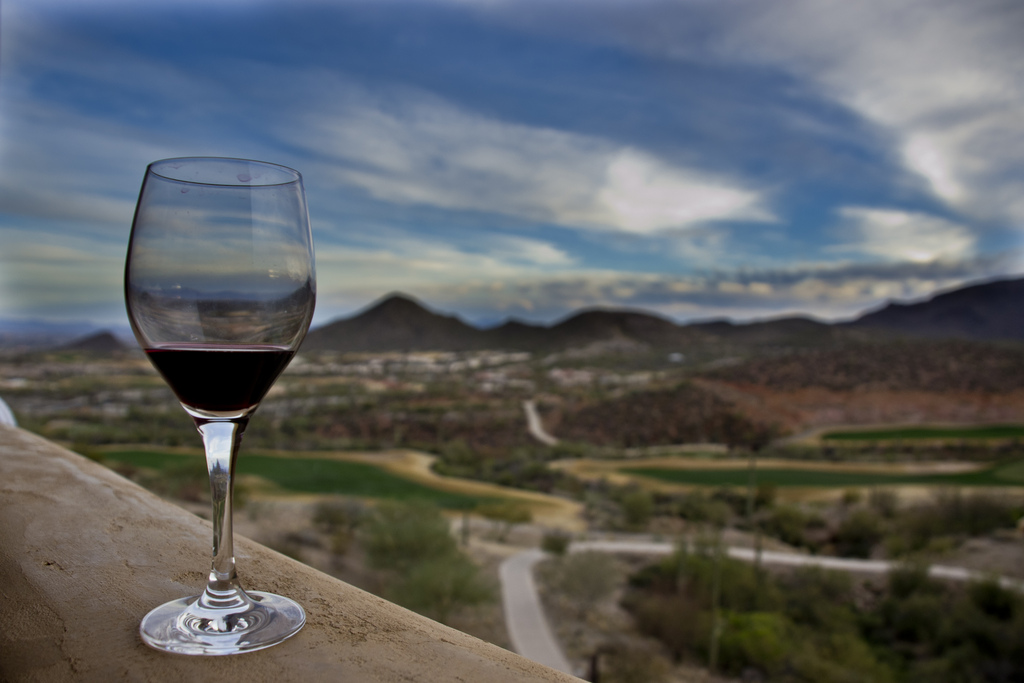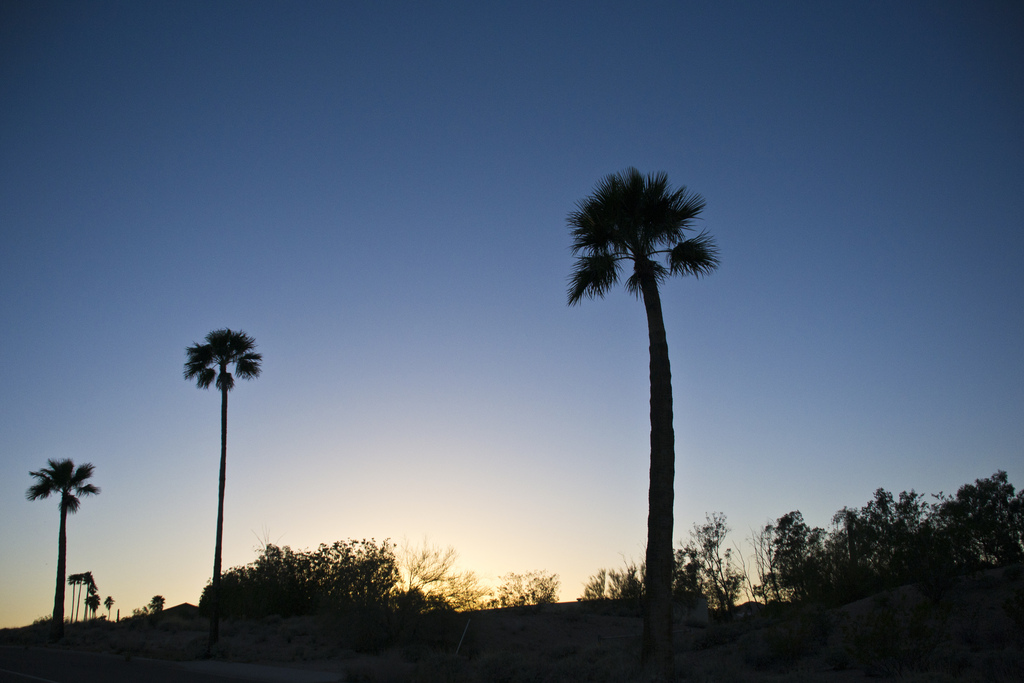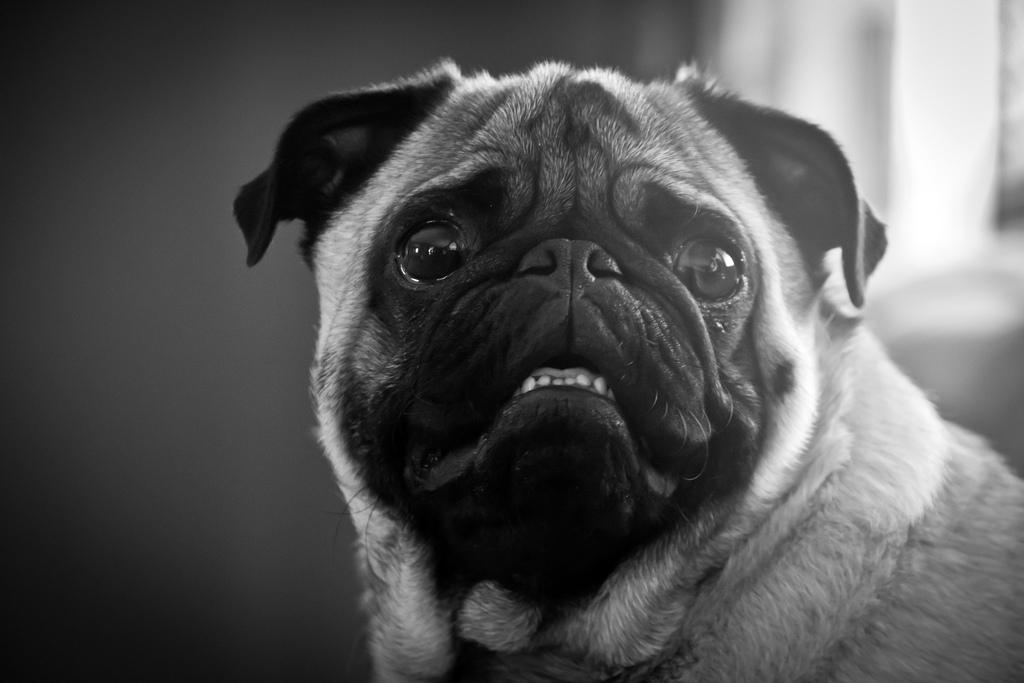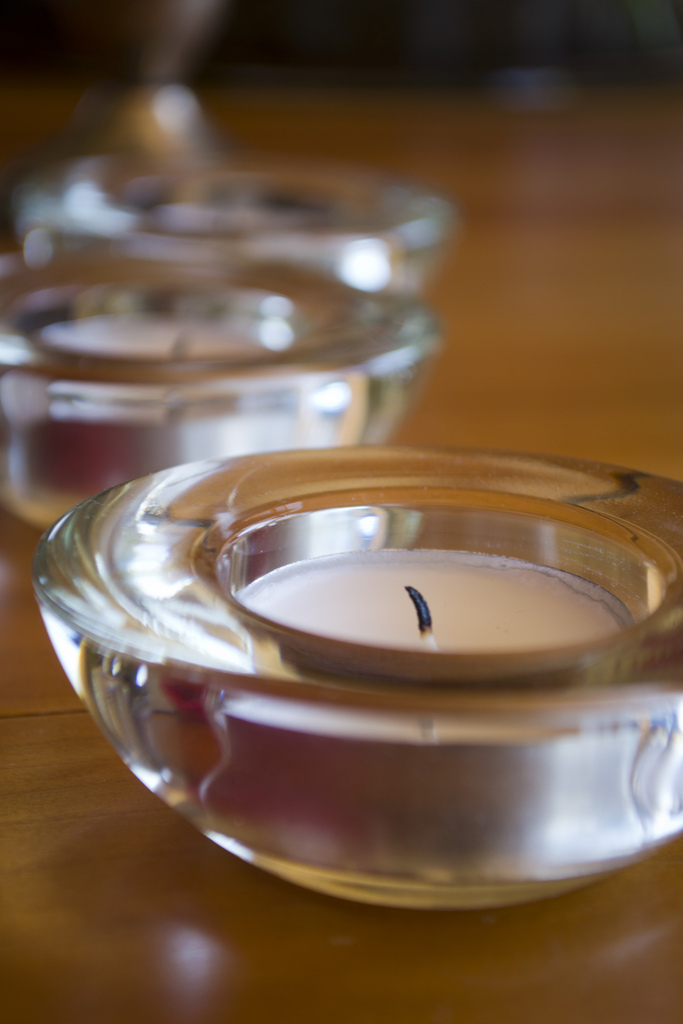Tips for shooting lightning/thunderstorms at night?
I have a Nikon D3100 with the standard 18-55mm VR Kit lens and I also have an 18-270 VR Tamron zoom lens. I also have a polarizing filter and a UV filter. What are the best settings for taking pictures of lightning at night? I'm pretty new with photography and haven't tried this before. Any tips and info would be great. If you want to look at some of my photos to see where I stand with experience, here are some links:





Added (1). Thanks for the tips so far! I'm shooting in RAW so would white balance have a huge effect on the image? I planned on going back and correcting anything like that.
What you need.
* Your camera
* The 18-55 mm lens
* A tripod
* A location that protects your camera from the storm
* A location with little or no ambient light
* Aim the camera toward the storm area
* Take long exposures using either the timed 30 second exposure or bulb, holding the shutter open for as long as it takes to capture two or three lightning strikes.
1) Tripod
2) Shutter speed = 8-30 seconds.
3) The only way to capture lightning (which is up to 55, 000 MPH), is to get a long exposure, and have the bright bolt 'burnt' into the photo.
4) Put it in Shutter Priority Mode, and start out with ISO 100.
Use the widest lens you have (18-55mm)
Here are some lighting shots that I took:
White Balance?
-Just set to Florescent or Tungsten light to give it a blueish tone. If it is turning out too blue, then just use Auto WB.
You say your pretty new to photography but yet your images on flickr show a well advanced individual and good concept of the art. You also must travel a lot by the diversity of your images. From southern Arizona, around Tucson to mid west and winter there. In fact, some images look beyond someone being a newbie. Hmm… Anyhow…
.
Tripod.
Remote shutter release of some kind.
Manual settings!
Time exposures from 8 ~ 10 seconds up to 1 or 2 minutes depending of distance and how fast the lightning is flashing.
Lenses of a more wide angle than telephoto. 18mm to no more then 50mm are generally the rule.
Turn VR OFF! Don't need it and on a tripod it isn't good to have on any way.
ISO - 400 is plenty fast enuf and 100 or 200 would most likely work most of the time.
F/stop around 5.6 to 8 is good.
Some local lights, houses, roads, distance city, etc.add to the image and can give scale.
Trees to one side, or other parts of a structure help too.
Want creative zing? Have red, blue, orange and/or green filters and change them out DURING the exposure, between light flashes. Be careful NOT to move the camera when swapping filters. Don't screw them on tight. Your hands will NOT be seen so don't worry.
If and when lightning gets close… Go indoors. Don't be under a tree or such. Rain, well, cameras don't like being wet. Protect it.
.
These 2 were taken with a Fuji S-2 D-SLR -
.
http://lensmen2.smugmug.com/Photography/Arizona-Its-a-Dry-Heat/5537629_DE6RS#339154156_jioKT-A-LB.
http://lensmen2.smugmug.com/Photography/Arizona-Its-a-Dry-Heat/5537629_DE6RS#339143634_tzpTq-A-LB.
This one is a IR and UV merge taken with a Fuji S-3 IR UV dedicated camera.
.
http://lensmen2.smugmug.com/Photography/Infrared-Photography/5321847_H9aLT#1244753821_xWCKC-A-LB.
Lightning is not hard, however it takes - time. Something a lot of people no longer have "time" for!
.
